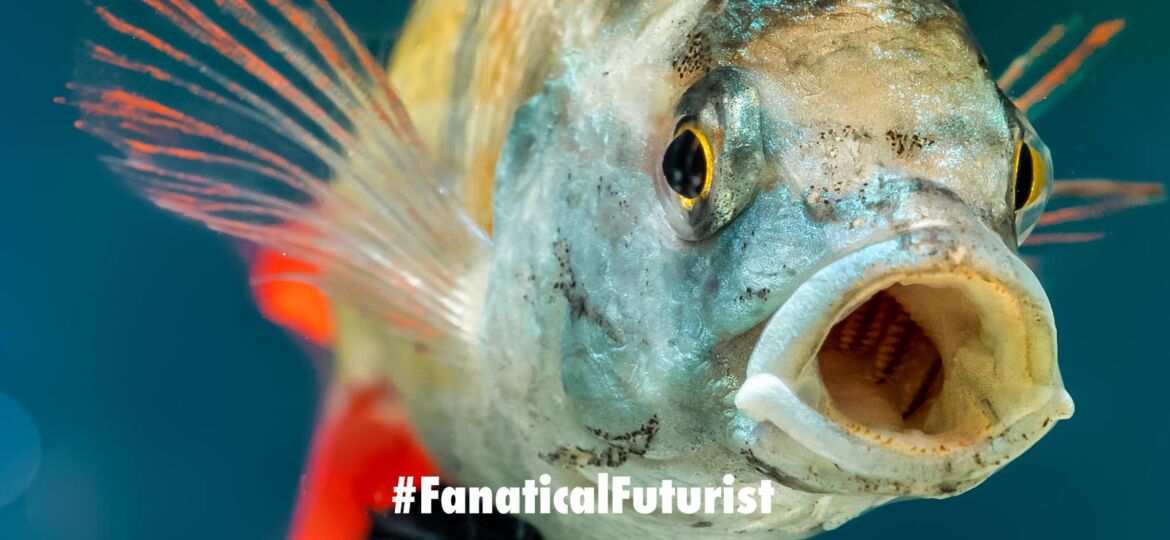
WHY THIS MATTERS IN BRIEF
Cancer is notoriously hard to target and kill, and often the drugs used to treat it simply flood peoples bodies and create awful side effects. Targeted drugs are not only better but they’re more effective and safer too.
 Love the Exponential Future? Join our XPotential Community, subscribe to the podcast, future proof yourself with courses from XPotential University, read about exponential tech and trends, connect, watch a keynote, or browse my blog.
Love the Exponential Future? Join our XPotential Community, subscribe to the podcast, future proof yourself with courses from XPotential University, read about exponential tech and trends, connect, watch a keynote, or browse my blog.
As researchers everywhere try to find new way to beat cancer by creating everything from cancer vaccines to nanobots that destroy cancer cells by drilling into them a research team in the US have announced they’ve developed a way of transporting chemotherapy drugs directly to cancer cells via microrobots.
At present, most patients undergoing chemotherapy treatment receive the cancer-killing drugs either intravenously or orally, both of which cause a range of unpleasant side effects. With this new technology, tested by Jiawen Li, Li Zhang, Dong Ju and colleagues, could revolutionize cancer treatment by delivering drugs only where they’re needed.
Cancer killing fish!?
In a proof-of-concept study, the scientists tested three microrobots shaped as different tiny animals: a fish, a crab, and a butterfly. The microrobots were 4D printed from pH-responsive hydrogel using a femtosecond laser. Using the same principles as 3D printing, 4D printing creates a 3D object that can morph its shape. In this case, the microscopic ‘animals’ changed their form when exposed to a change in pH level—cancer cells are generally more acidic than normal cells.
The researchers also needed a method of guiding the little robots. To achieve this, they submerged the microrobots in a suspension of iron oxide nanoparticles, making them magnetic. Guided by a magnet, the ‘fish’ was steered through a petri dish filled with artificial blood vessels, and oddly, when the fish came to a more acidic part of the solution, it reacted by opening its mouth to release a chemo drug, which killed the cells closest to it.
The team also got the ‘crab’ to grab a microparticle, transport it, and release it
Before the microrobots make it to an actual patient though they need to be made even smaller to navigate real blood vessels, and a suitable imaging method must be identified to track their movements in the body.
The research was published in a paper titled ‘environmentally adaptive shape-morphing microrobots for localized cancer cell treatment’ in journal ACS nano.
















